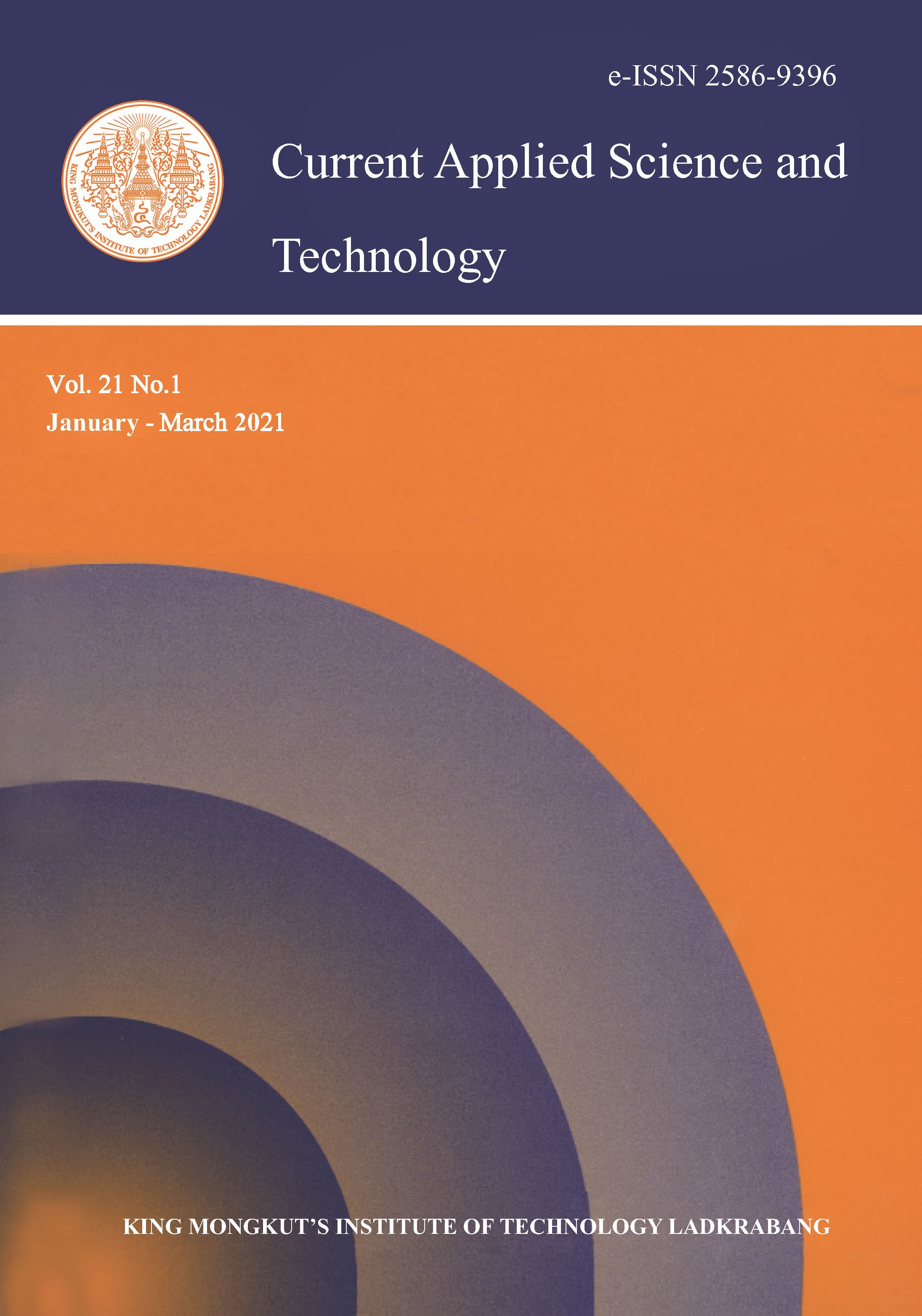The natural reagents from Vigna unguiculata subsp. sesquipedalis were studied and applied in
the determination of tetracycline by UV-Vis spectrophotometry. The method was based on a complexation formation between tetracycline and iron (III) derived from natural plant extract in acetate buffer at pH 5 to give a yellow complex with the optimum absorption at 430 nm. Parameters related to the extraction efficiency of the natural reagent and the factors that affected the determination of tetracycline were examined. Under optimum conditions, linearity was obtained over the range of 1.00 - 20.00 mg l-1. The limit of detection (LOD, 3σ) and limit of quantification (LOQ, 10σ), calculated following IUPAC, were 0.65 and 2.15 mg l-1, respectively. The repeatability and reproducibility for determining 10.00 mg l-1 of tetracycline (n=11) were 3.43%and 5.14%, respectively. The proposed method was successfully applied to the determination of tetracycline in pharmaceutical formulations. The results obtained by the proposed method were in good agreement with the label values verified by the student t-test at the 95% confidence level.
Keywords: Vigna unguiculata subsp. sesquipedalis; tetracycline; UV-Vis spectrophotometer
*Corresponding author: Tel.: (+66) 856939614
E-mail: kanyarak.p@sciee.kmutnb.ac.th
Kruanetr, S. undefined. ., & Prasertboonyai*, K. undefined. . (2020). UV-Vis Spectrophotometric Method Using Natural Reagent from Vigna unguiculata subsp. sesquipedalis for Tetracycline Determination in Pharmaceutical Samples. CURRENT APPLIED SCIENCE AND TECHNOLOGY, 51-64.
